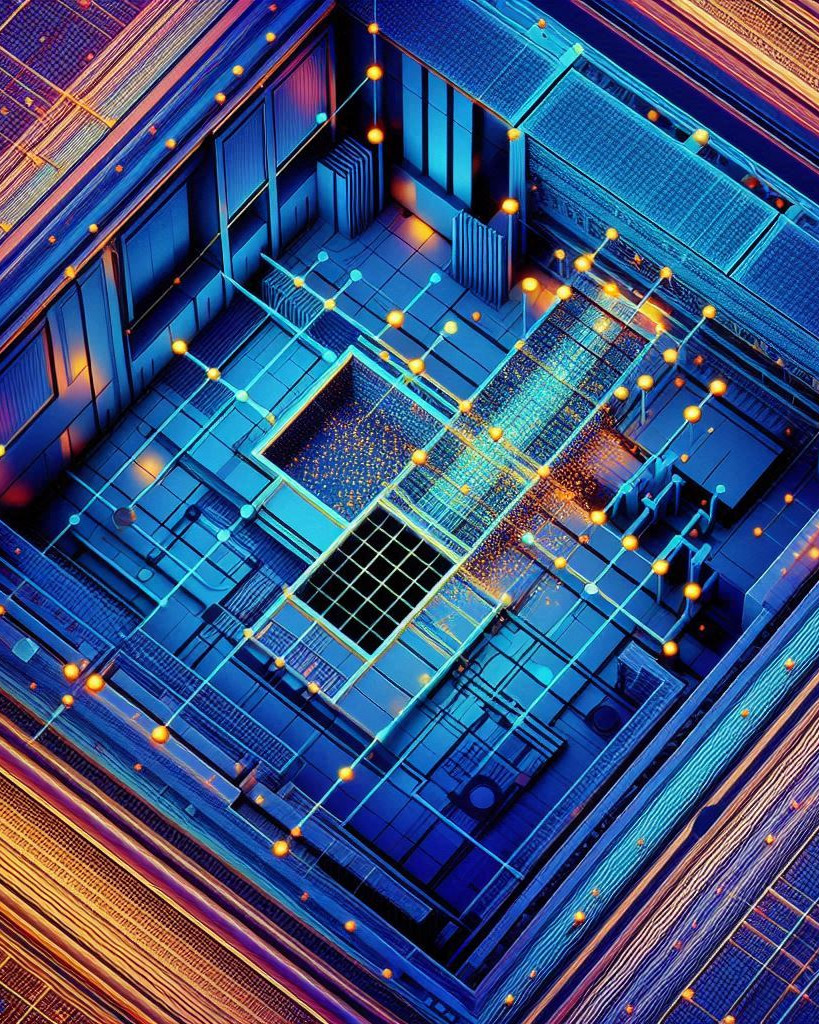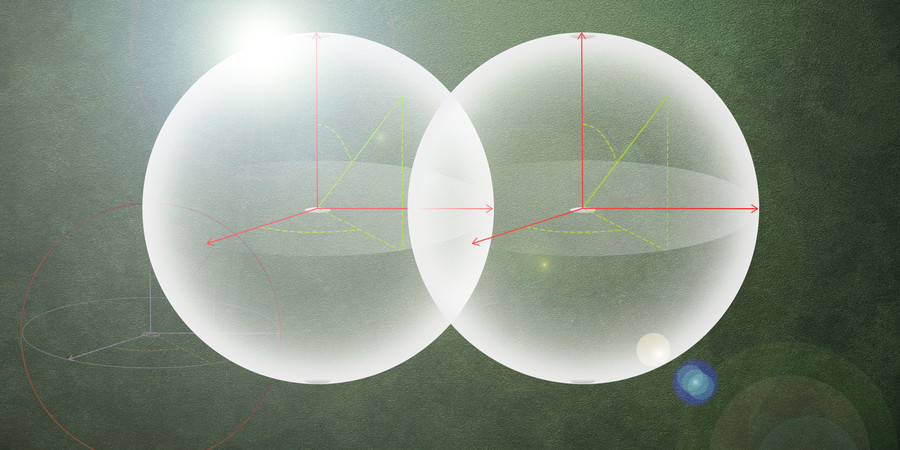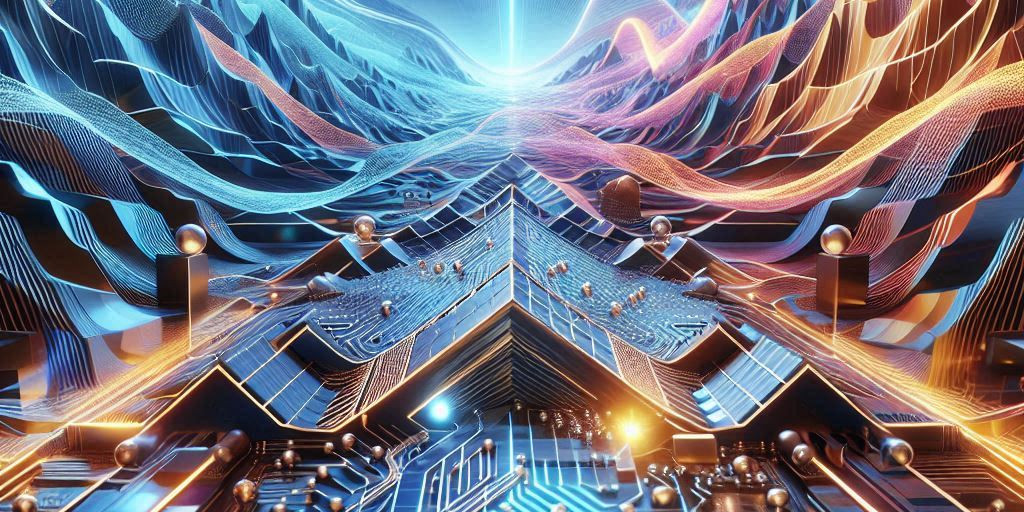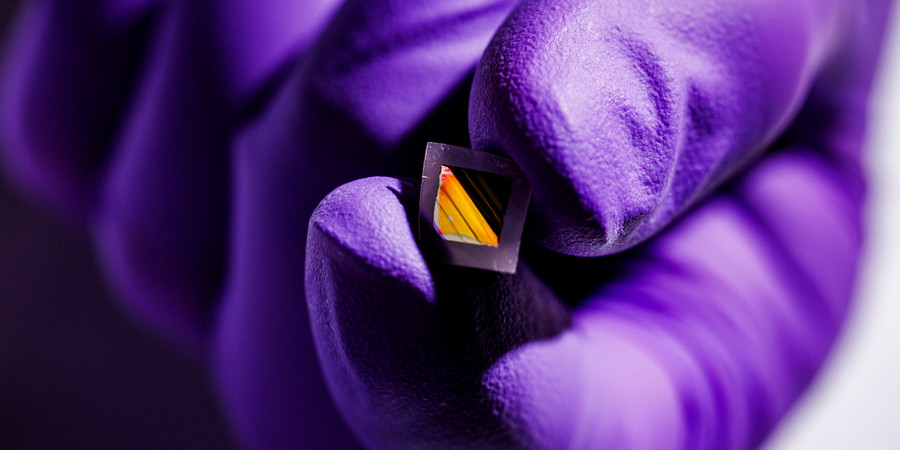EUV lithography is now used to manufacture the most advanced integrated circuits, including memory, logic and AI chips, but Moore’s Law demands constant improvements. The NXE system is our 0.33NA platform which continues to evolve with better throughput via greater EUV source power, smaller Edge Placement Errors (EPE) and higher uptime. One possibility for further EPE reduction is to increase image contrast through the use of advanced exposure methods such as Dual Monopole.

Speaker
Tim Brunner
Tim Brunner holds a B.A. from Carleton College and a Ph.D from MIT, all in physics. He has worked in the area of lithography for chip production since 1981. After many years at IBM, he joined ASML in 2019, working in the Technology Development Center.
Explore
MIT Engineers Advance Toward a Fault-tolerant Quantum Computer
Adam Zewe | MIT News
Researchers achieved a type of coupling between artificial atoms and photons that could enable readout and processing of quantum information in a few nanoseconds.
III-Nitride Ferroelectrics for Integrated Low-Power and Extreme-Environment Memory
Monday, May 5, 2025 | 4:00 - 5:00pm ET
Hybrid
Zoom & MIT Campus
New Electronic “skin” could Enable Lightweight Night-vision Glasses
Jennifer Chu | MIT News
MIT engineers developed ultrathin electronic films that sense heat and other signals, and could reduce the bulk of conventional goggles and scopes.




